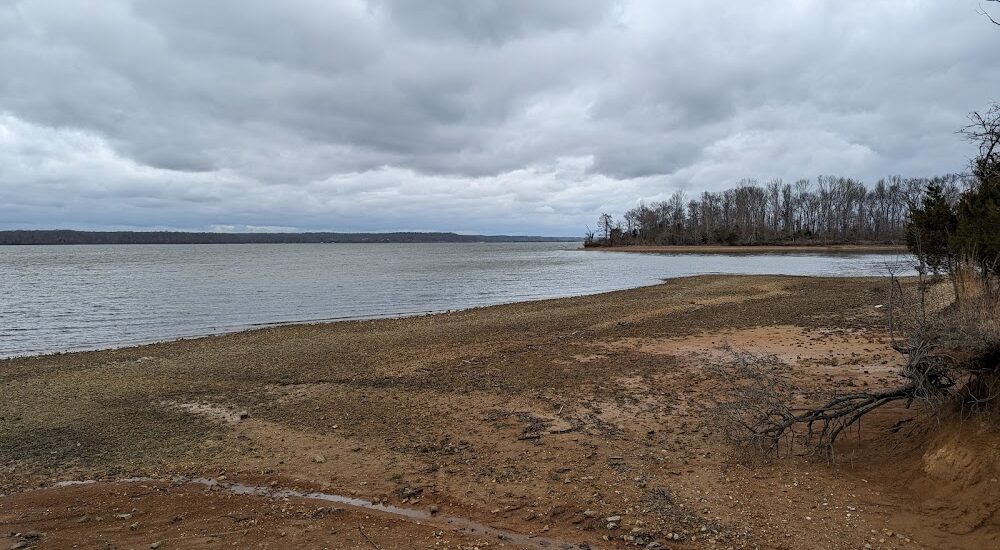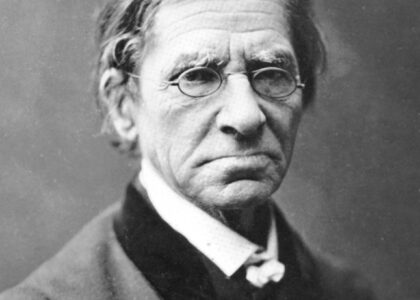Welcome to Fort Henry, a pivotal site in the American Civil War’s Western Theater. Established in 1861 by the Confederate forces, Fort Henry was strategically placed along the Tennessee River to safeguard vital transportation routes. This fort, alongside its sister fort, Fort Donelson, was meant to protect the heart of Tennessee and the Confederacy’s supply lines. Despite its strategic intentions, Fort Henry was short-lived. On February 6, 1862, Union forces under Brigadier General Ulysses S. Grant, supported by the naval might of Flag Officer Andrew Foote’s gunboats, launched a successful assault. The fort fell with relative ease due to its flooding and inadequate defenses, marking the first significant Union victory in the Western Theater.
The fall of Fort Henry was a crucial moment in the Civil War, opening the Tennessee River to Union forces and paving the way for the capture of Fort Donelson. This victory propelled General Grant into the national spotlight, earning him the nickname ‘Unconditional Surrender’ Grant. It was a turning point that would eventually lead to the Union’s control over the Mississippi River, effectively splitting the Confederacy.
While Fort Henry itself no longer stands, its story remains a testament to the strategic maneuvers and military decisions of the time. The Confederates’ miscalculation and the Union’s decisive actions are part of what makes this site historically significant. Visitors to the area can imagine the tense moments leading up to its capture and reflect on how this event shaped the broader course of the war.






